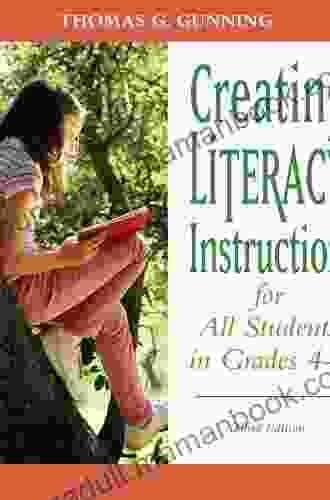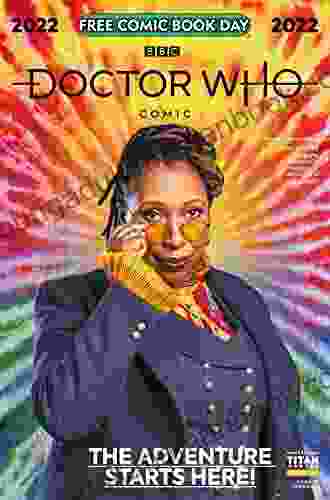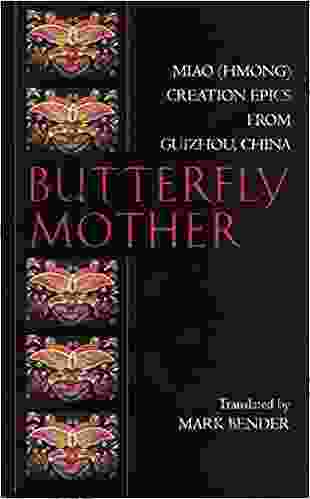Creating Literacy Instruction for All Students: A Comprehensive Guide to Downloadable Books

4.4 out of 5
| Language | : | English |
| File size | : | 18378 KB |
| Screen Reader | : | Supported |
| Print length | : | 576 pages |
Literacy is a fundamental skill that empowers individuals to communicate, learn, and participate fully in society. Effective literacy instruction is essential for all students, regardless of their background or learning needs. However, creating literacy instruction that meets the diverse needs of all learners can be a daunting task. This comprehensive guide provides valuable insights and practical strategies for creating effective literacy instruction that meets the diverse needs of all students in grades kindergarten through high school.
Understanding the Diverse Needs of Learners
The first step in creating effective literacy instruction is to understand the diverse needs of learners. Every student comes to the classroom with a unique set of strengths, challenges, and learning styles. Some students may struggle with reading fluency, while others may have difficulty with comprehension. Some students may be English language learners, while others may have learning disabilities. It is important to assess students' individual needs and develop instructional strategies that address their specific learning styles.
Differentiated Literacy Instruction
Differentiated literacy instruction is an approach to teaching that provides students with different learning experiences based on their individual needs. This approach recognizes that not all students learn the same way or at the same pace. By differentiating instruction, teachers can create a more personalized learning environment that meets the needs of all learners.
There are many different ways to differentiate literacy instruction. Some common strategies include:
- Tiered instruction: This strategy involves creating different levels of instruction based on students' readiness levels. For example, a teacher might create three different tiers of instruction for a reading lesson: one for struggling readers, one for average readers, and one for advanced readers.
- Flexible grouping: This strategy involves grouping students based on their individual needs rather than by grade level. For example, a teacher might create a group of students who are struggling with reading fluency and provide them with targeted instruction.
- Learning centers: This strategy involves creating different learning stations around the classroom that focus on different aspects of literacy. For example, a teacher might create a reading center, a writing center, and a listening center.
The Role of Downloadable Books
Downloadable books can play a valuable role in differentiated literacy instruction. These books can be easily accessed and customized to meet the needs of individual students. For example, a teacher might download a book that is written at a lower reading level for a struggling reader or a book that is written in a different language for an English language learner.
In addition to providing differentiated instruction, downloadable books can also be used to:
- Promote student engagement: Downloadable books can be accessed on a variety of devices, which makes them more engaging for students. They can also be used to create interactive lessons and activities.
- Foster a lifelong love of reading: Downloadable books make it easy for students to access a wide variety of books, which can help them develop a lifelong love of reading.
Finding and Using Downloadable Books
There are many different places to find downloadable books. Some popular websites include:
- Project Gutenberg
- Open Library
- Kindle Unlimited
- Scribd
When choosing downloadable books, it is important to consider the following factors:
- Reading level: The book should be written at a reading level that is appropriate for the student.
- Interest level: The book should be on a topic that the student is interested in.
- Format: The book should be available in a format that is compatible with the student's devices.
Assessment and Evaluation
Assessment and evaluation are essential components of effective literacy instruction. By assessing students' progress, teachers can identify areas where students need additional support. There are many different ways to assess students' literacy skills, including:
- Informal assessments: These assessments are conducted on a regular basis and provide teachers with feedback on students' progress. Informal assessments can include observations, anecdotal notes, and student work samples.
- Formal assessments: These assessments are conducted less frequently and provide teachers with a more comprehensive understanding of students' strengths and weaknesses. Formal assessments can include standardized tests, writing samples, and presentations.
Creating effective literacy instruction for all students is a complex and challenging task. However, by understanding the diverse needs of learners, using differentiated instruction, and incorporating downloadable books, teachers can create a more personalized learning environment that meets the needs of all students. By fostering a lifelong love of reading, teachers can empower students to succeed in school and beyond.
4.4 out of 5
| Language | : | English |
| File size | : | 18378 KB |
| Screen Reader | : | Supported |
| Print length | : | 576 pages |
Do you want to contribute by writing guest posts on this blog?
Please contact us and send us a resume of previous articles that you have written.
 Top Book
Top Book Novel
Novel Fiction
Fiction Nonfiction
Nonfiction Literature
Literature Paperback
Paperback Hardcover
Hardcover E-book
E-book Audiobook
Audiobook Bestseller
Bestseller Classic
Classic Mystery
Mystery Thriller
Thriller Romance
Romance Fantasy
Fantasy Science Fiction
Science Fiction Biography
Biography Memoir
Memoir Autobiography
Autobiography Poetry
Poetry Drama
Drama Historical Fiction
Historical Fiction Self-help
Self-help Young Adult
Young Adult Childrens Books
Childrens Books Graphic Novel
Graphic Novel Anthology
Anthology Series
Series Encyclopedia
Encyclopedia Reference
Reference Guidebook
Guidebook Textbook
Textbook Workbook
Workbook Journal
Journal Diary
Diary Manuscript
Manuscript Folio
Folio Pulp Fiction
Pulp Fiction Short Stories
Short Stories Fairy Tales
Fairy Tales Fables
Fables Mythology
Mythology Philosophy
Philosophy Religion
Religion Spirituality
Spirituality Essays
Essays Critique
Critique Commentary
Commentary Glossary
Glossary Bibliography
Bibliography Index
Index Table of Contents
Table of Contents Preface
Preface Introduction
Introduction Foreword
Foreword Afterword
Afterword Appendices
Appendices Annotations
Annotations Footnotes
Footnotes Epilogue
Epilogue Prologue
Prologue Stewart O Nan
Stewart O Nan Rebecca Otowa
Rebecca Otowa Dave Bolick
Dave Bolick Lao Tzu
Lao Tzu Al Ewing
Al Ewing Chogyam Trungpa
Chogyam Trungpa Alyona Nickelsen
Alyona Nickelsen Andy Clark
Andy Clark S A Klopfenstein
S A Klopfenstein Trilussa
Trilussa Ann Hood
Ann Hood Ellery Adams
Ellery Adams Catherine Sophian
Catherine Sophian Mikey Ward
Mikey Ward Nancy Bardacke
Nancy Bardacke James Truslow Adams
James Truslow Adams Bhavesh Ranipa
Bhavesh Ranipa Jeffrey Wickes
Jeffrey Wickes Antonio Libertino
Antonio Libertino Kelle Z Riley
Kelle Z Riley
Light bulbAdvertise smarter! Our strategic ad space ensures maximum exposure. Reserve your spot today!

 Darrell PowellEmbark on an Extraordinary Journey with The Chosen: The Inspiring Story of...
Darrell PowellEmbark on an Extraordinary Journey with The Chosen: The Inspiring Story of...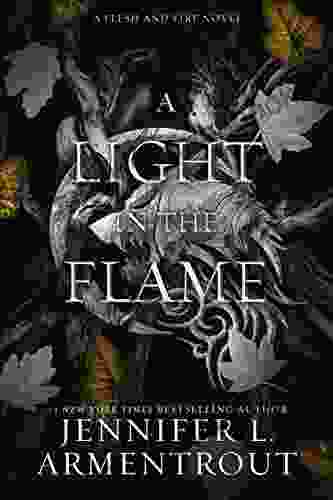
 Zachary CoxLight In The Flame: An Illuminating Exploration of Hope, Redemption, and the...
Zachary CoxLight In The Flame: An Illuminating Exploration of Hope, Redemption, and the...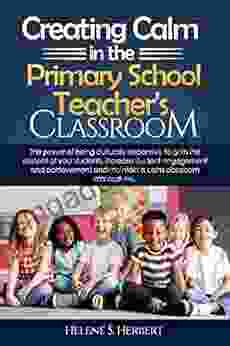
 Walter SimmonsCreating a Calm and Serene Primary School Teacher Classroom: A Comprehensive...
Walter SimmonsCreating a Calm and Serene Primary School Teacher Classroom: A Comprehensive... Fabian MitchellFollow ·6.6k
Fabian MitchellFollow ·6.6k Ian PowellFollow ·7.9k
Ian PowellFollow ·7.9k Oscar WildeFollow ·16.8k
Oscar WildeFollow ·16.8k Jeff FosterFollow ·16k
Jeff FosterFollow ·16k Gary CoxFollow ·7.8k
Gary CoxFollow ·7.8k Trevor BellFollow ·18.5k
Trevor BellFollow ·18.5k Dean CoxFollow ·13.1k
Dean CoxFollow ·13.1k Asher BellFollow ·2.8k
Asher BellFollow ·2.8k

 Yukio Mishima
Yukio MishimaUnveiling the Zimmermann Telegram: A Pivotal Document in...
The Zimmermann Telegram, a diplomatic...
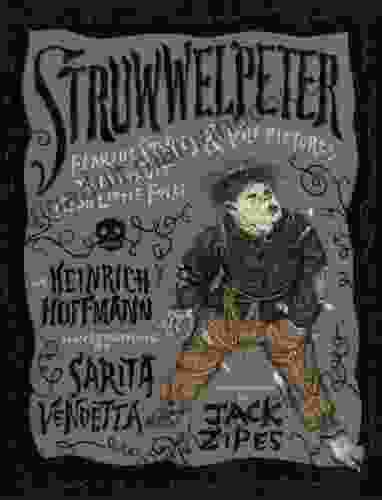
 George Martin
George MartinFearful Stories and Vile Pictures to Instruct Good Little...
In the annals of children's literature, few...

 Grant Hayes
Grant HayesJessica the Viscount Wallflower: A Tale of Transformation...
In the opulent ballrooms and glittering...

 Jerome Blair
Jerome BlairThe Economics of the Global Defence Industry: A...
The global...
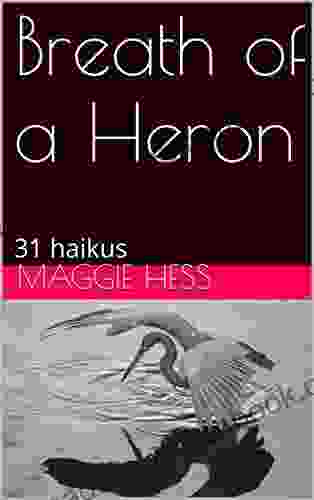
 Blake Kennedy
Blake KennedyBreath of Heron - A Window into the Poetic Depths of...
In the realm of...
4.4 out of 5
| Language | : | English |
| File size | : | 18378 KB |
| Screen Reader | : | Supported |
| Print length | : | 576 pages |


